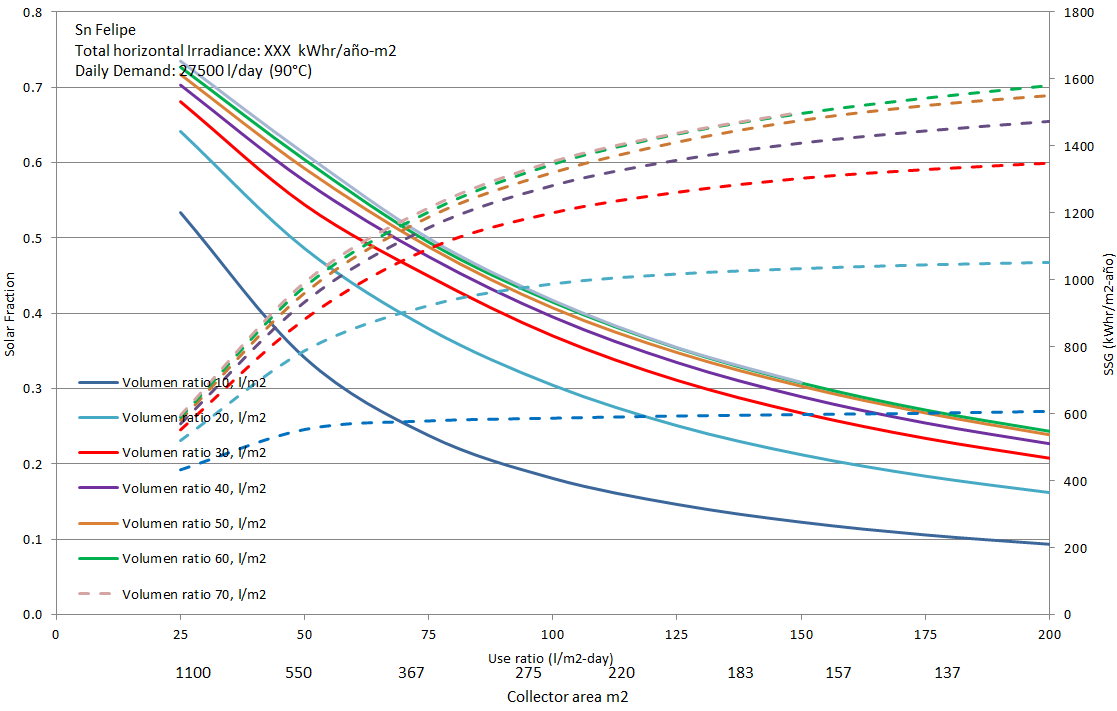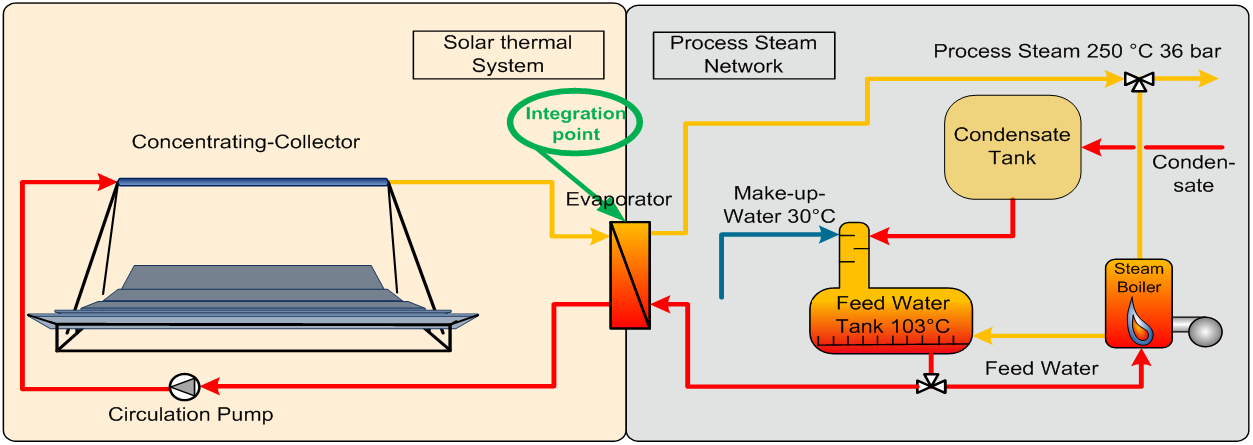| Duration: | November 2014 - December 2017 |
| Contracting Authority/ Sponsors: | Federal Ministry of Education and Research (BMBF) |
| Project Partners: | Industrial Solar GmbH (Germany), Energías Saubere (Mexico), Centro Nacional de Investigacíon y Desarollo Tecnológico (Mexico). |
| Project Focus: |
SolVapor – Integration of Solar Collectors in Industrial Process Steam Plants


Solar thermal energy could make an important contribution to industrial heat provision in Mexico. The first step of this project is the analysis of the market potential and introduction obstacles of solar process heat and subsequent development of strategies for their removal. A planning guide and simulation tool were developed afterwards.
The Mexican partners were trained and are developing their own expertise, together with the German partners, in order to cover the thermal energy demand of the Mexican industry with solar energy in the future and reduce the use of fossil energy sources. After the successful realization of a demo project and the corresponding demand from the industry, the German industry partner intends to establish a local branch in Mexico and thereby increase the local creation of value.
The plan is to expand the existing contacts to the Mexican partners. The purpose of the market study and the second workshop is to develop a network of potential users in industry. A simulation model will be set up which will be used to identify solar energy yields for several Mexican locations and any given plant configuration. After the project has been completed, the Mexican partners should be able to solve such questions for further cases independently.